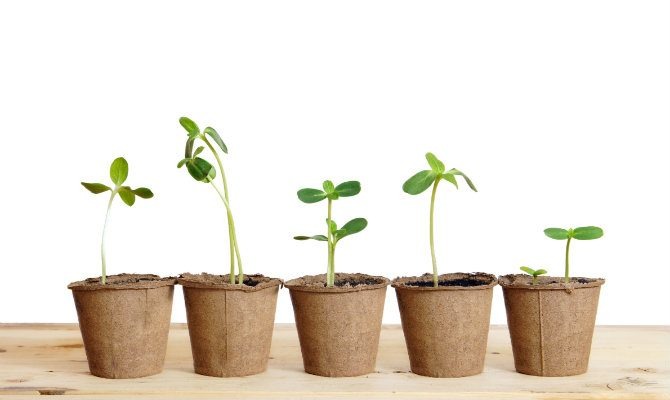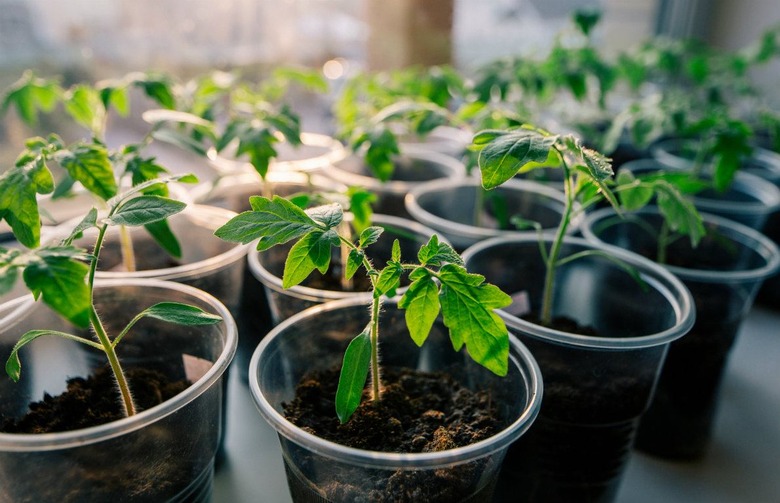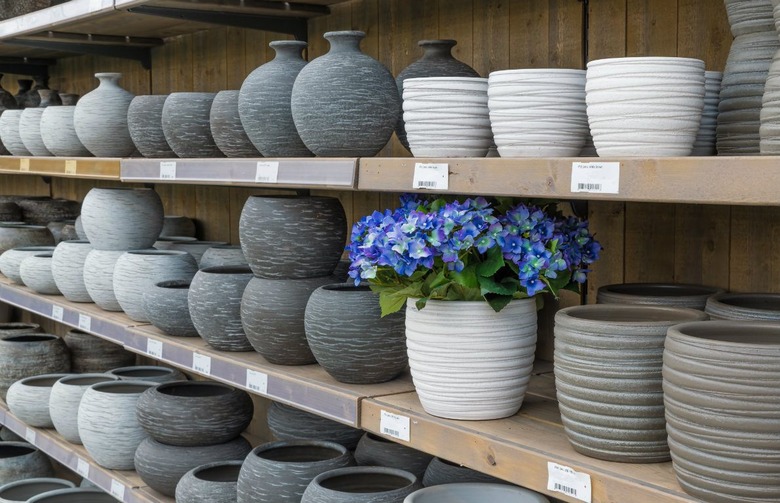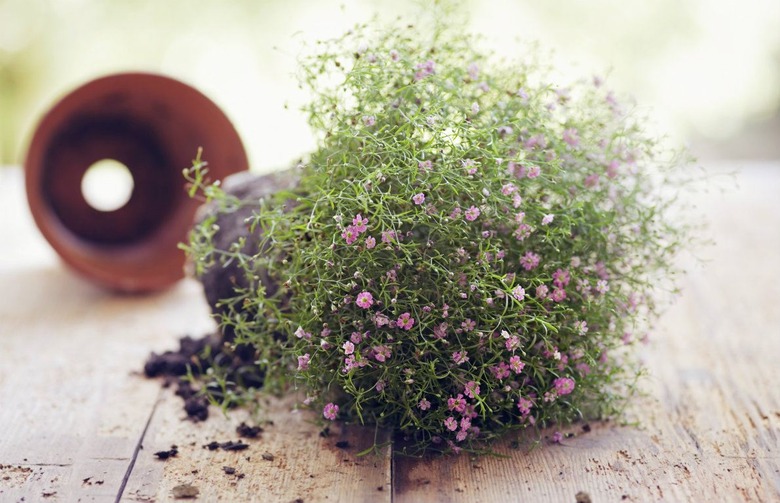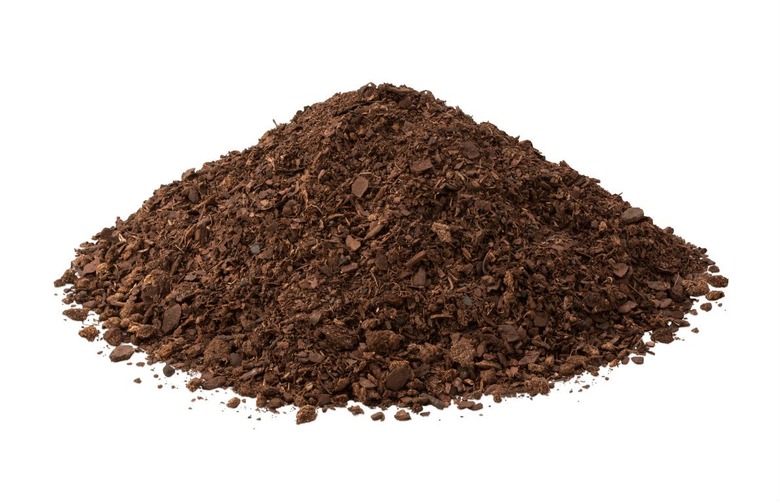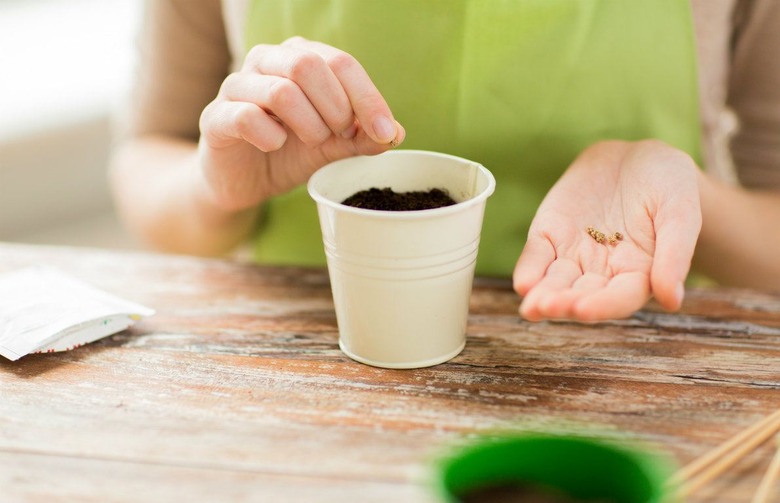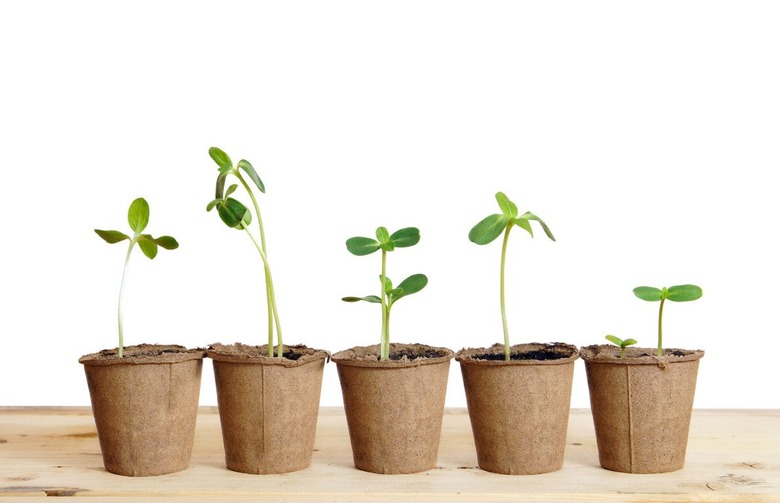Make Summer Last: Here's How To Grow Summer Vegetables Perfectly Indoors
Do you find yourself in a seasonal slump as summer fades into fall? Pumpkins and apples are great, but that doesn't mean saying goodbye to fresh tomatoes, young greens, and bell peppers are easy. Luckily, there is a solution. You can have summer produce year round — even in the throes of winter — by moving your gardening indoors.
Click here for the Innovative Indoor Gardens slideshow.
No space is too small for an indoor garden. Windowsills work well for small herb gardens and tomato plants, but if you really want to take on indoor gardening, investing in grow lights will mean that even in the dead of winter you can harvest banana peppers, cherry tomatoes, and cucumbers. Maybe corn is a bit ambitious, but if you have a wash tub and ample space, why not give it a try.
A few things to remember when growing indoors:
Lots of Light
The Container
Choose the container appropriate for what you are planting. Small windowsill pots work well for herbs, use a larger container for tomatoes (with a trellis), use a large pot for cucumbers (even smaller varietals need lots of space), and a large wash tub if you plan on growing corn. Check the back of your seed package to find out how much space you will need between plants.
Drainage
Add stones, rocks, or gravel to the bottom of the pot for drainage and to keep the roots from becoming soggy.
Soil
Fill your pot with a 50/50 combination of potting soil and compost. Water the soil so that it is saturated but not soupy. Allow the soil to dry out slightly before planting.
Plantingseeds
Plant your seeds in the pot according to the information on the back of the seed packet, taking care not to overcrowd the pot. Water the planted until the soil is saturated but not soupy.
Thinning
Allow your plants to grow a minimum of two to three inches before thinning out the crop. Identify the strongest two or three plants and gently remove the rest of the plants. You can choose to thin out your plants more after they have grown to about 10 to 12-inches. Then, remove the other plants leaving the strongest plant.
Angela Carlos is the Cook Editor at The Daily Meal. Find her on Twitter and tweet @angelaccarlos.
